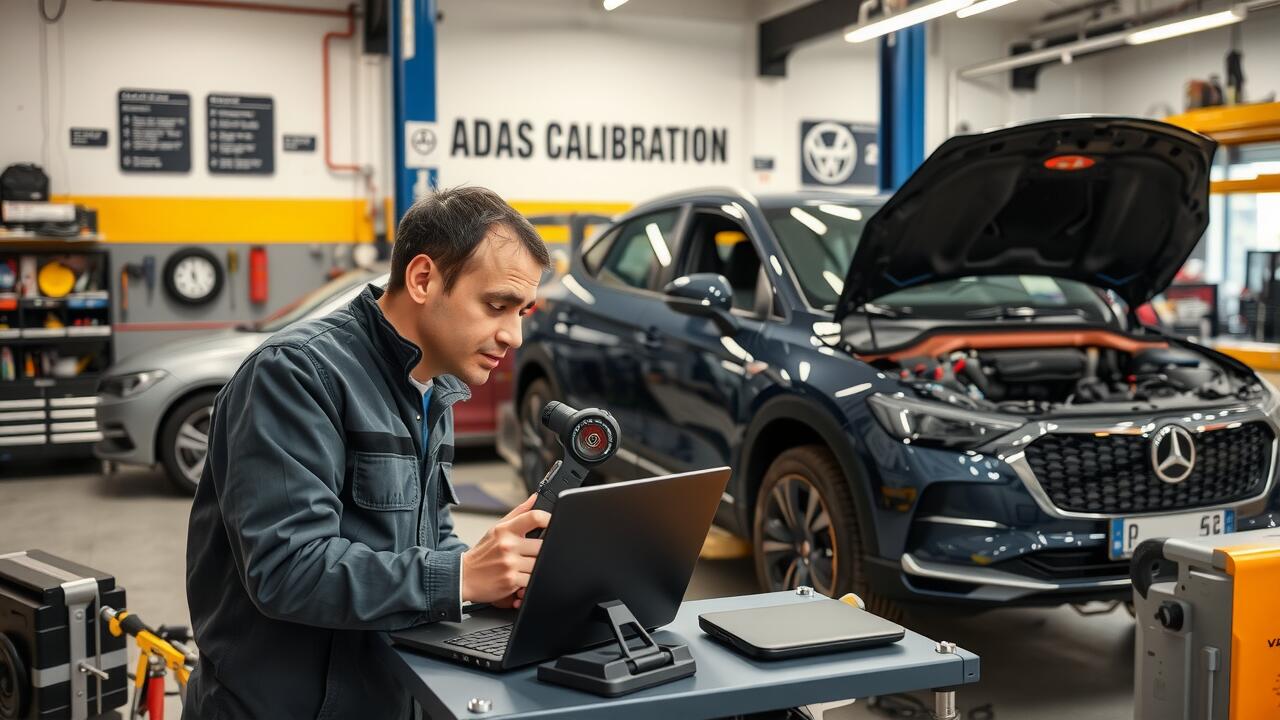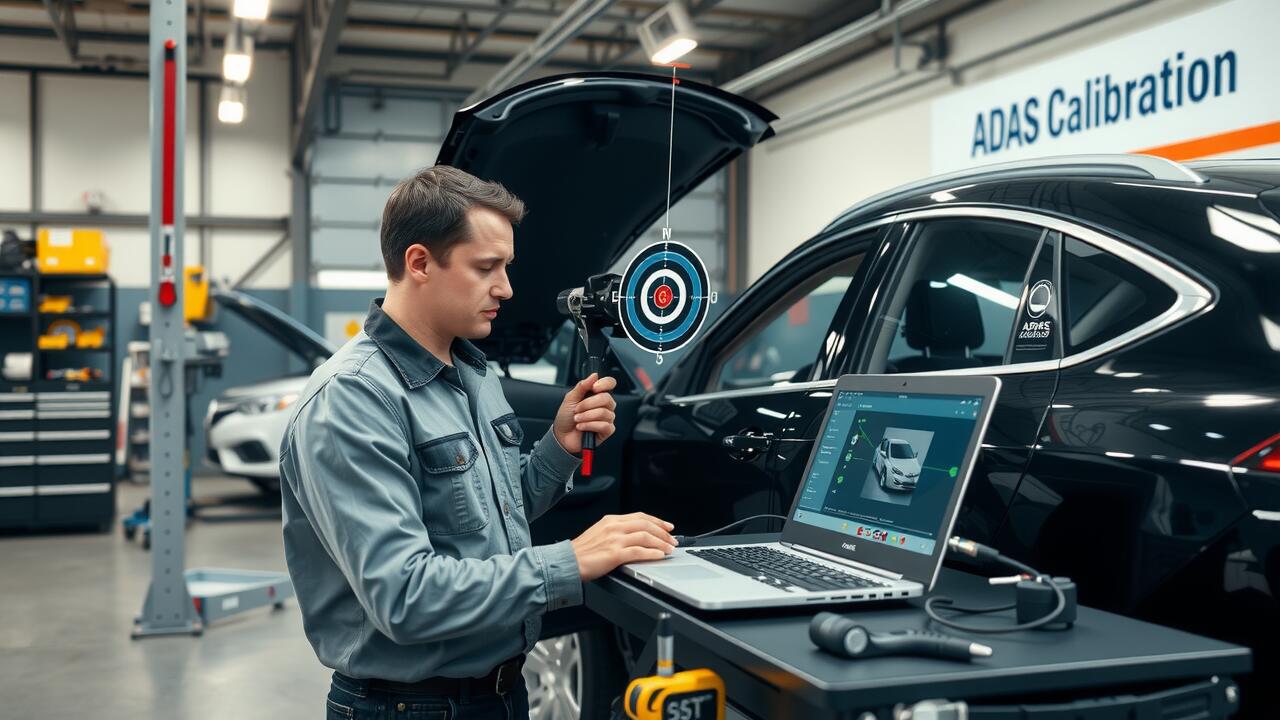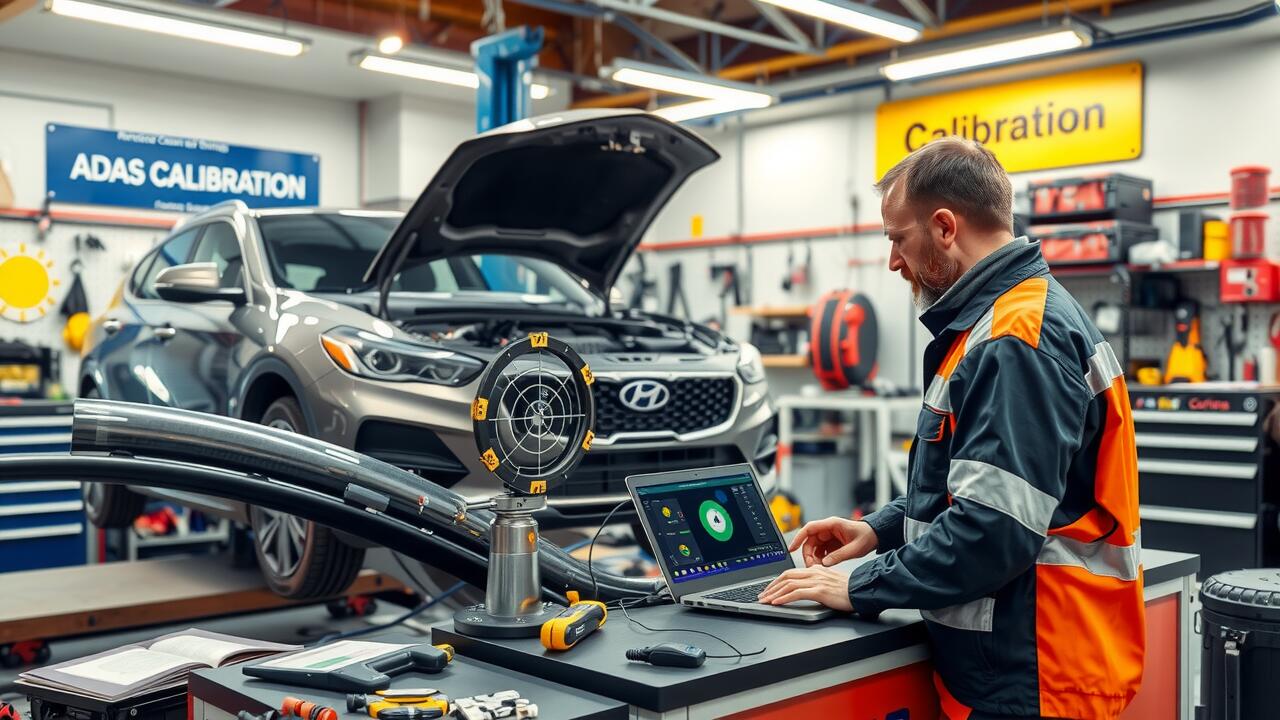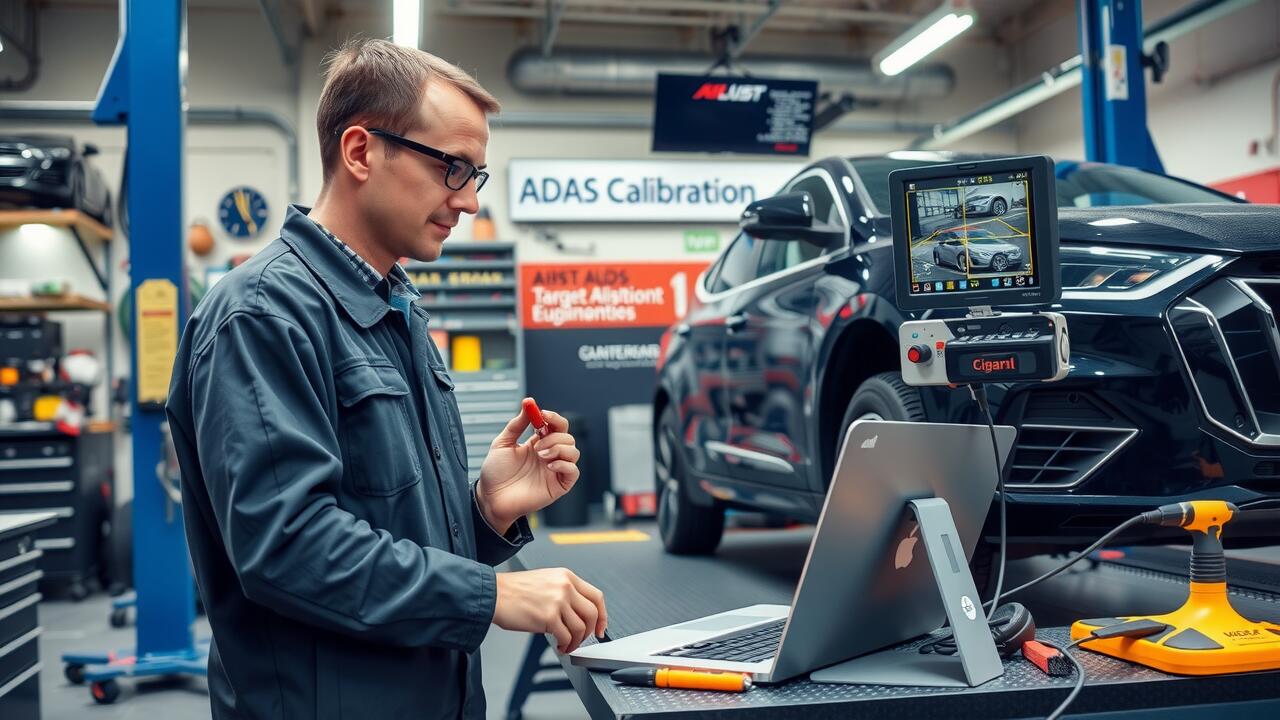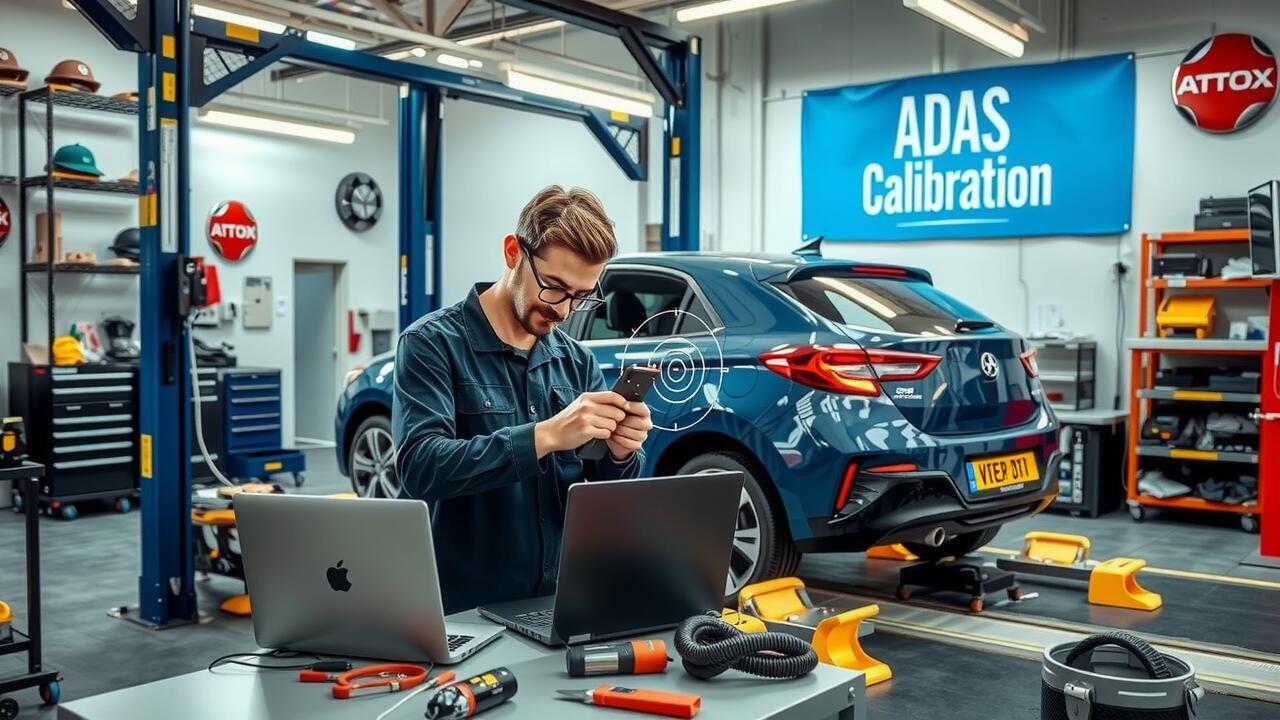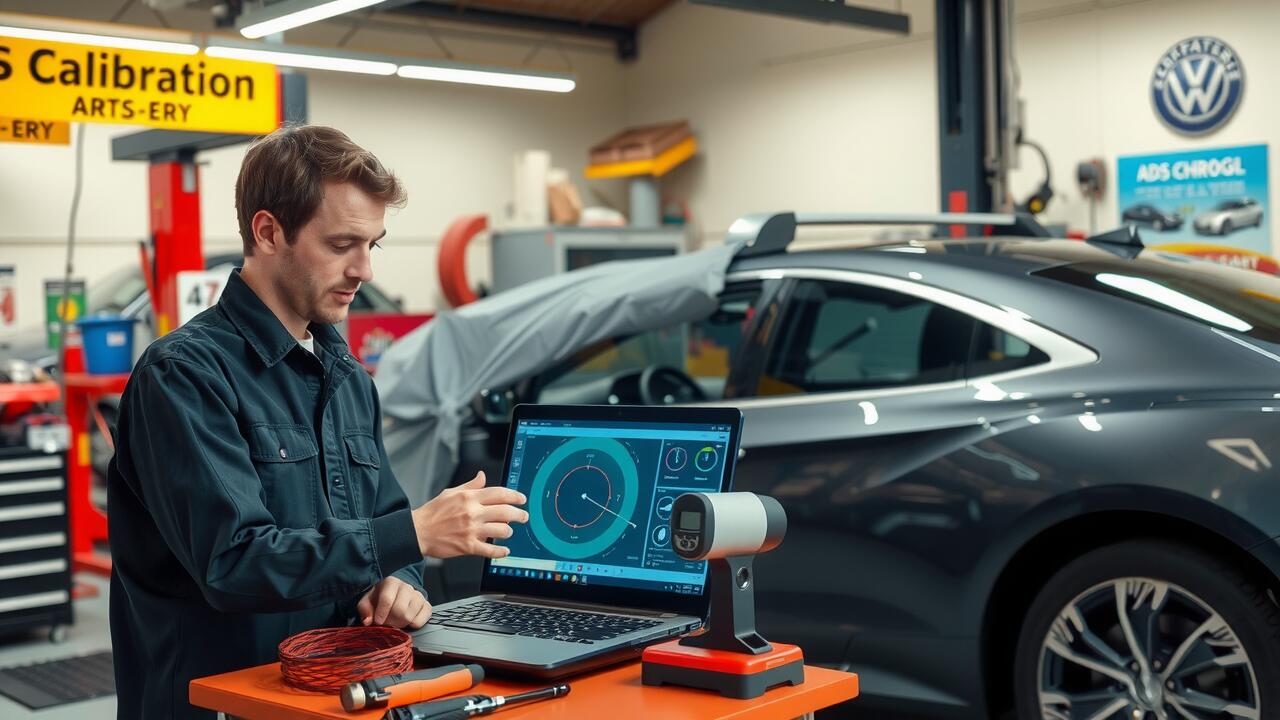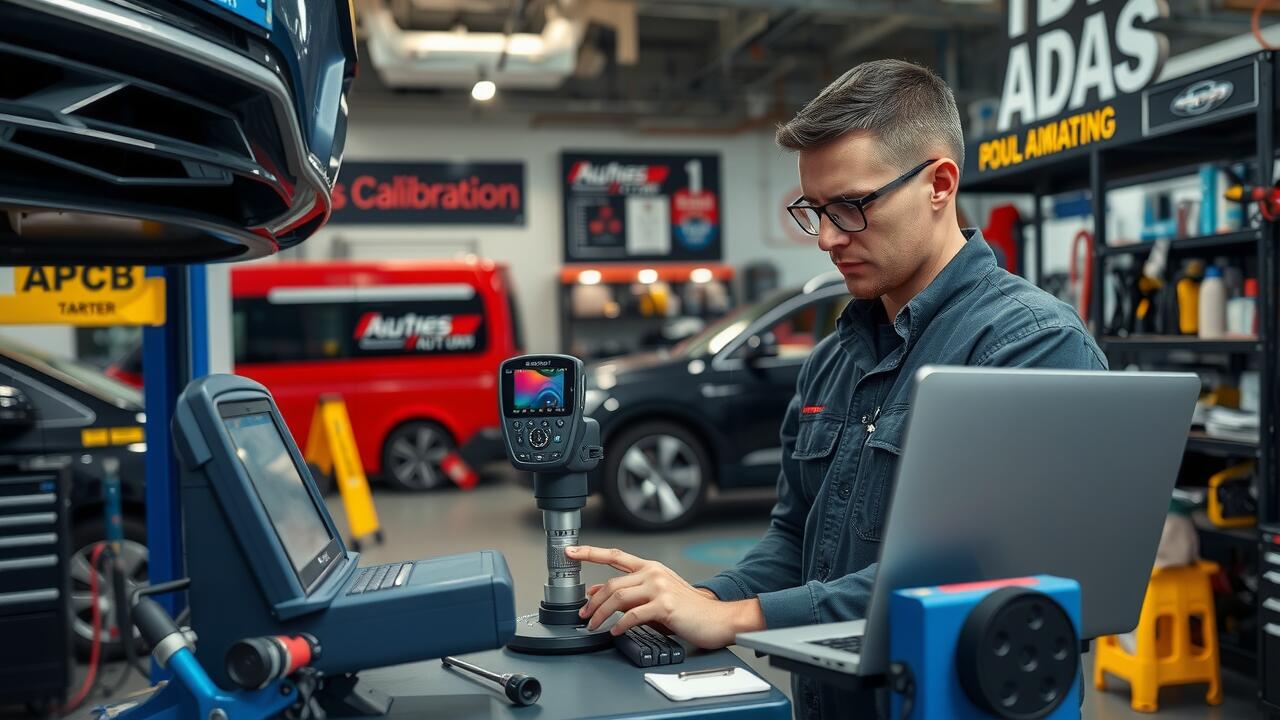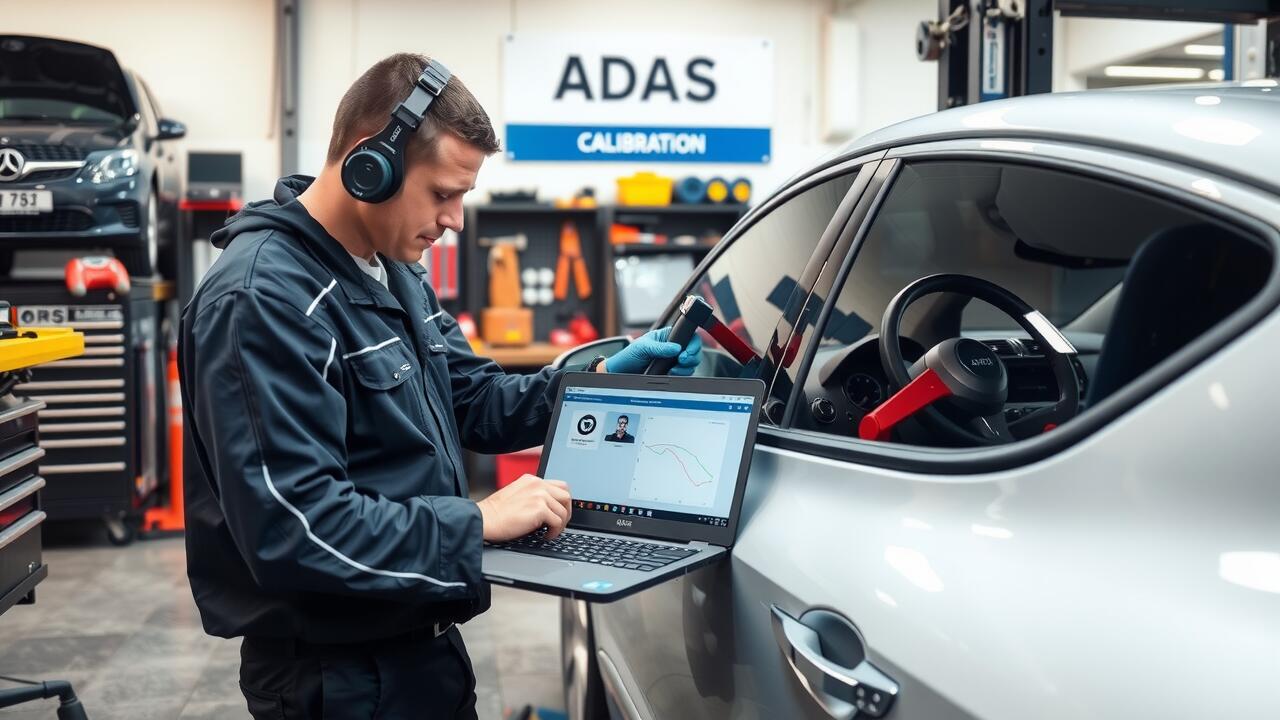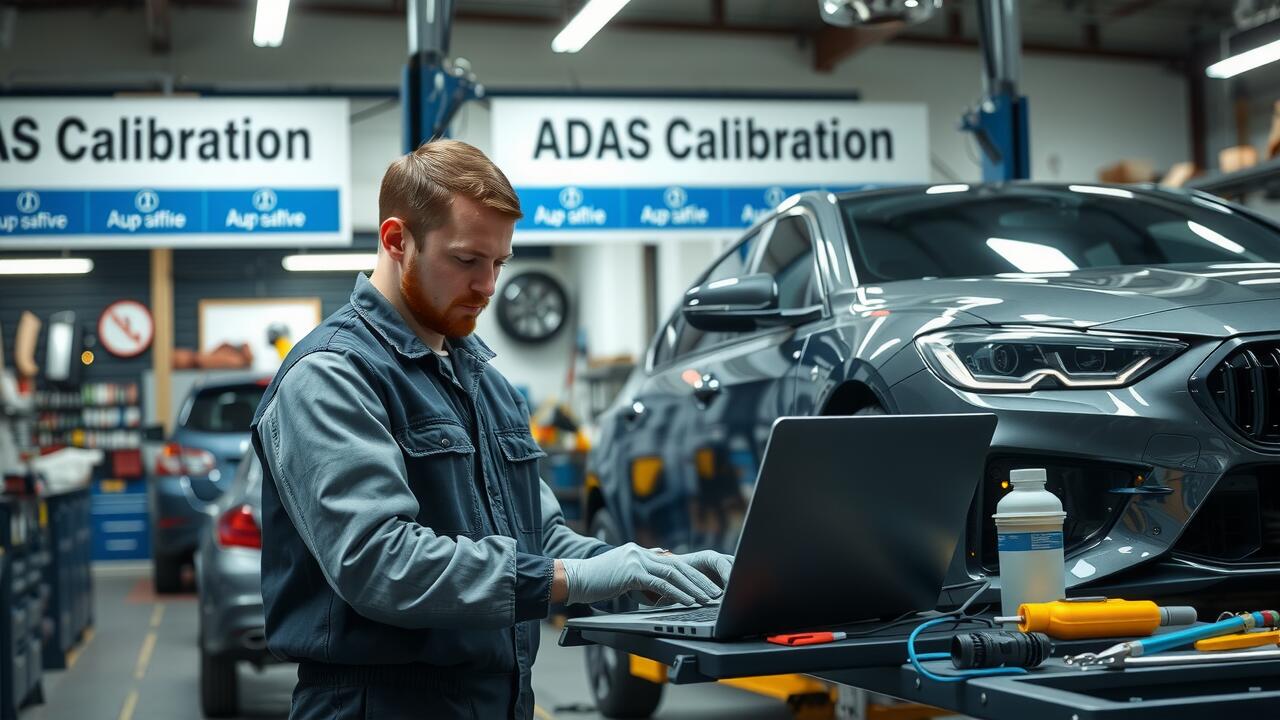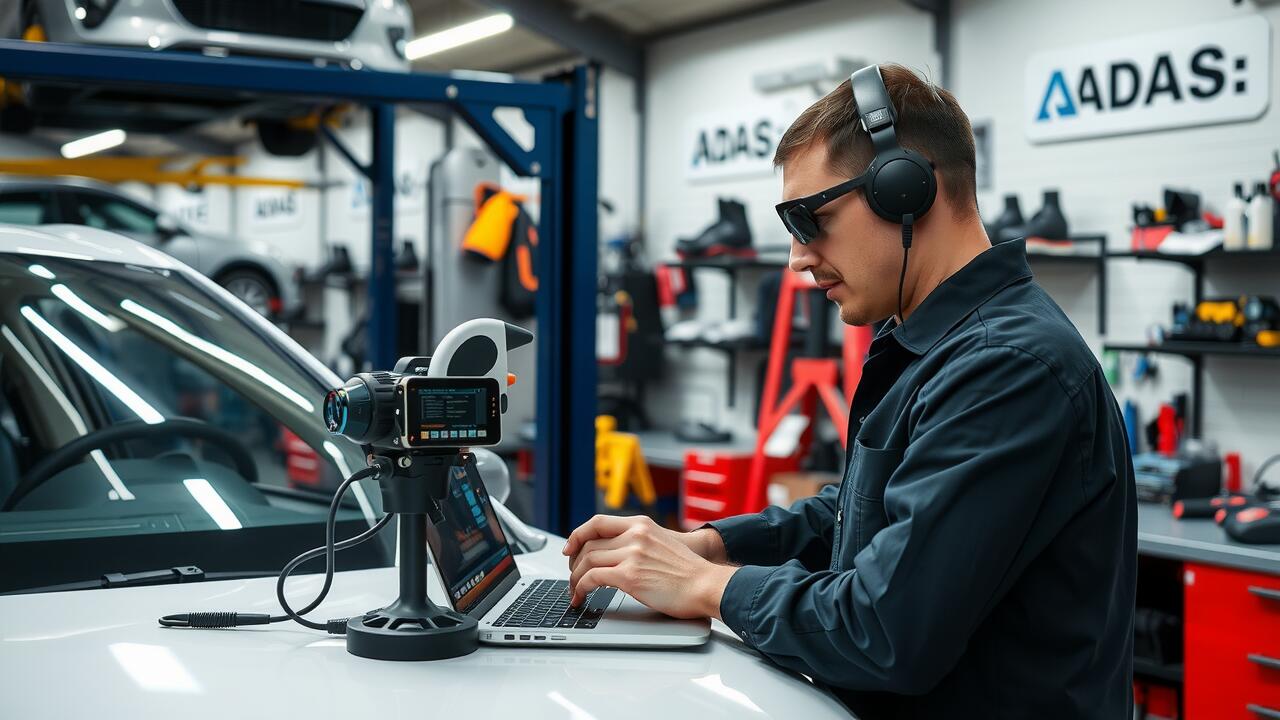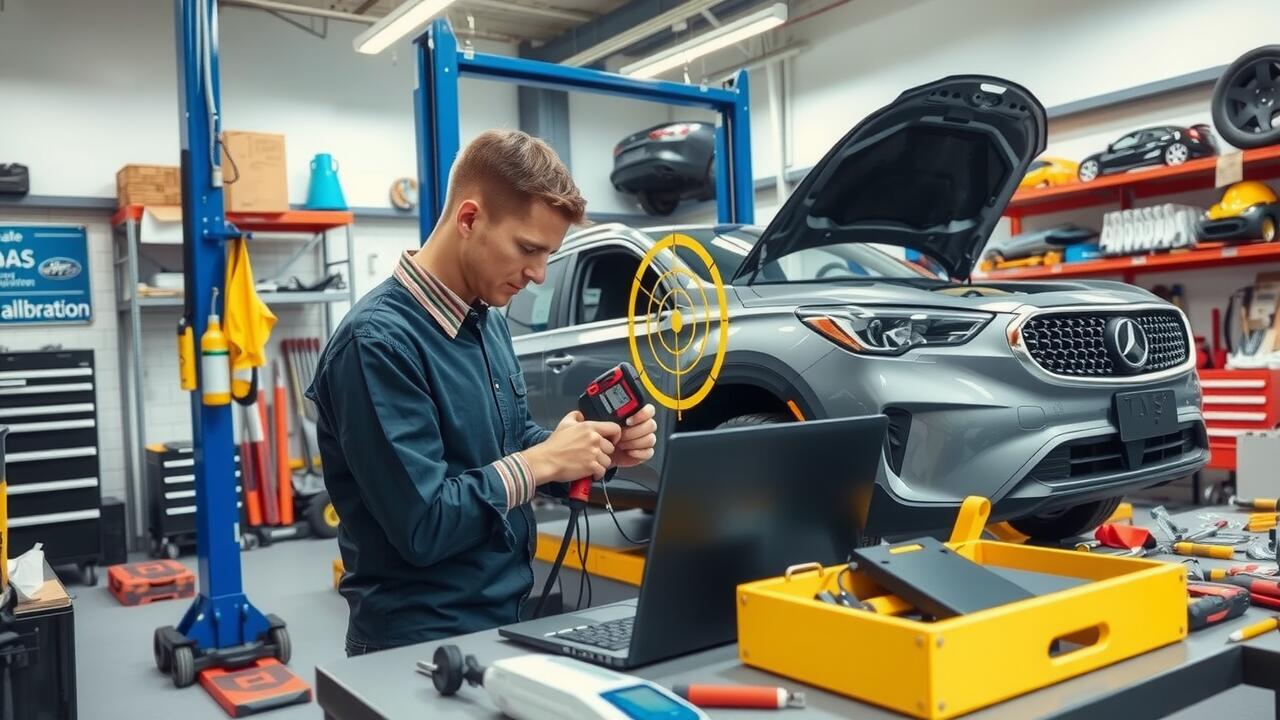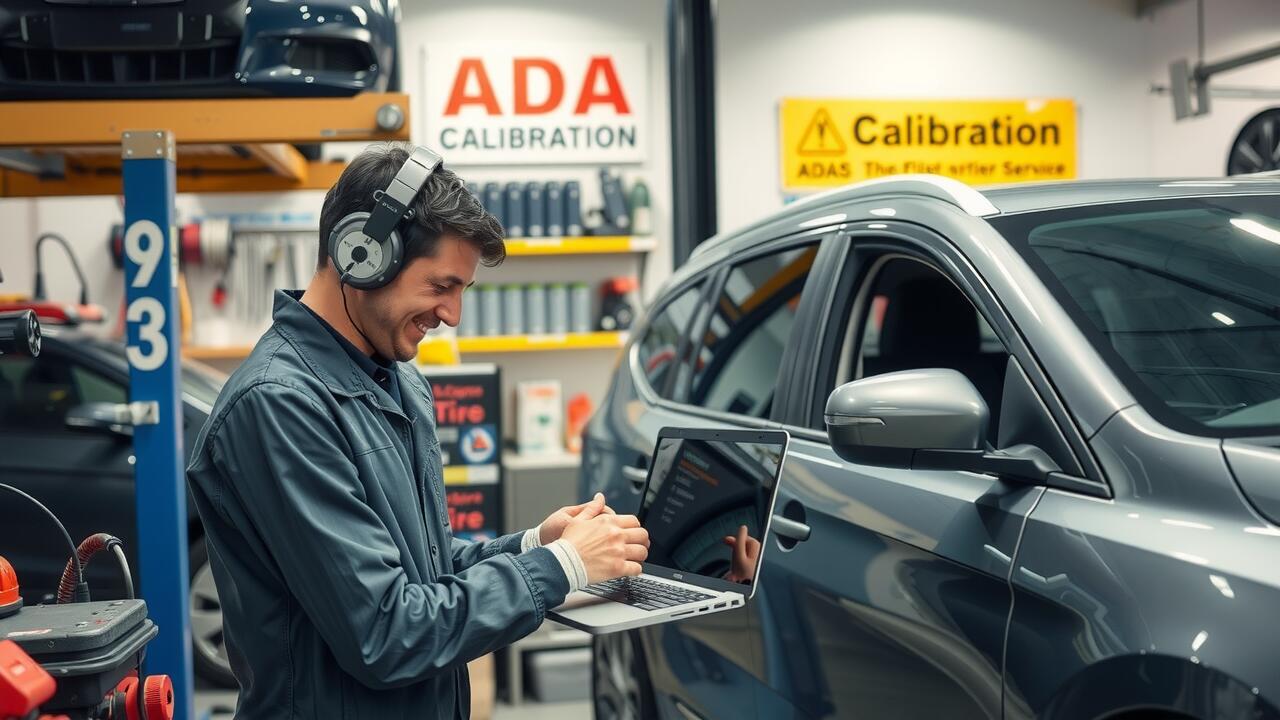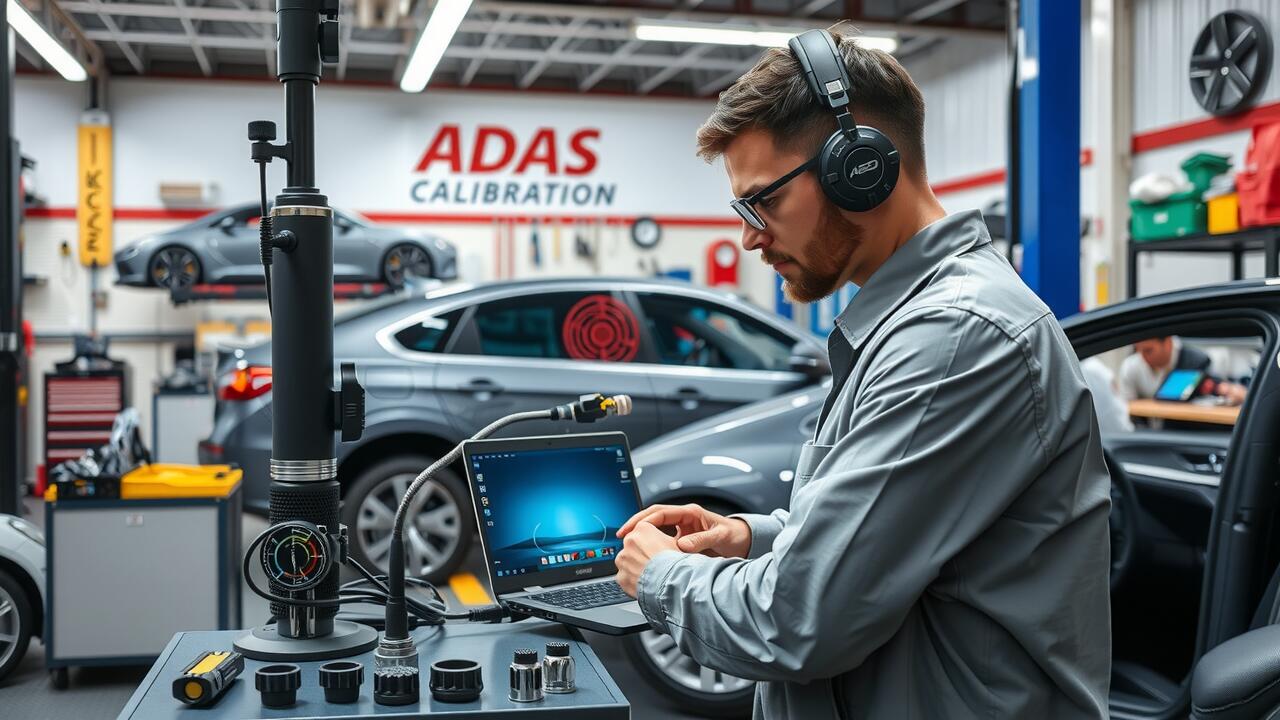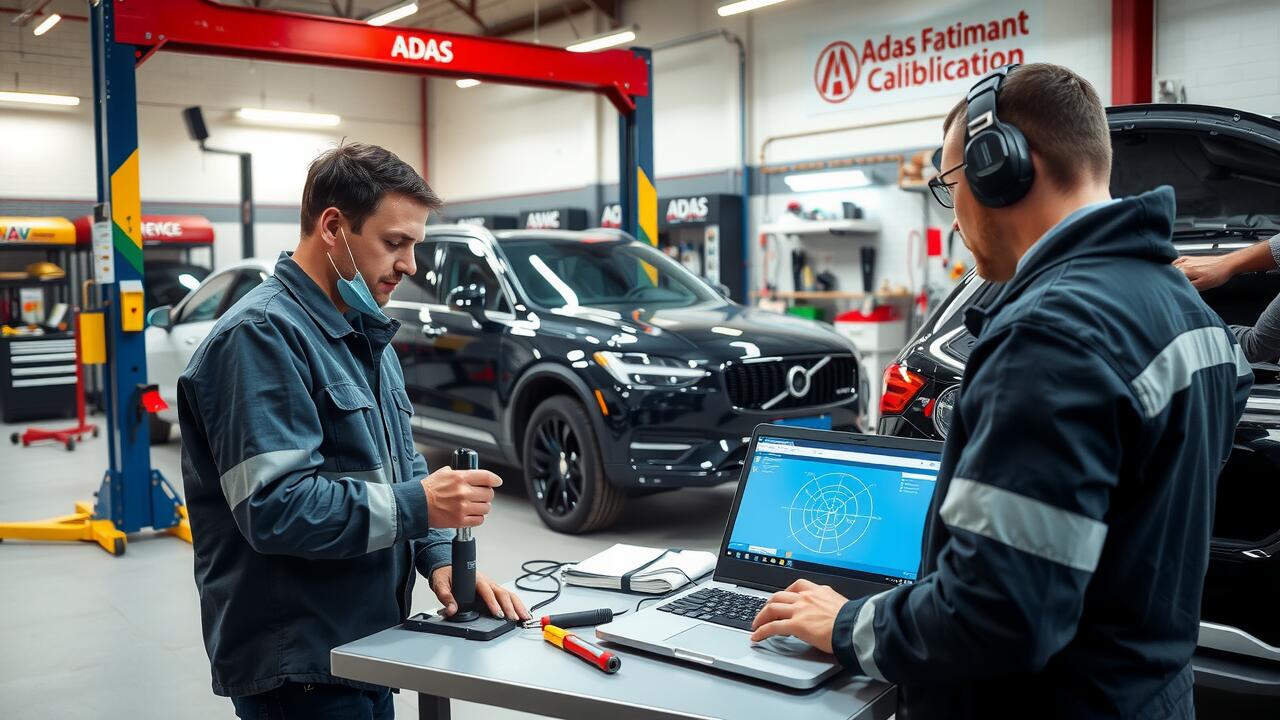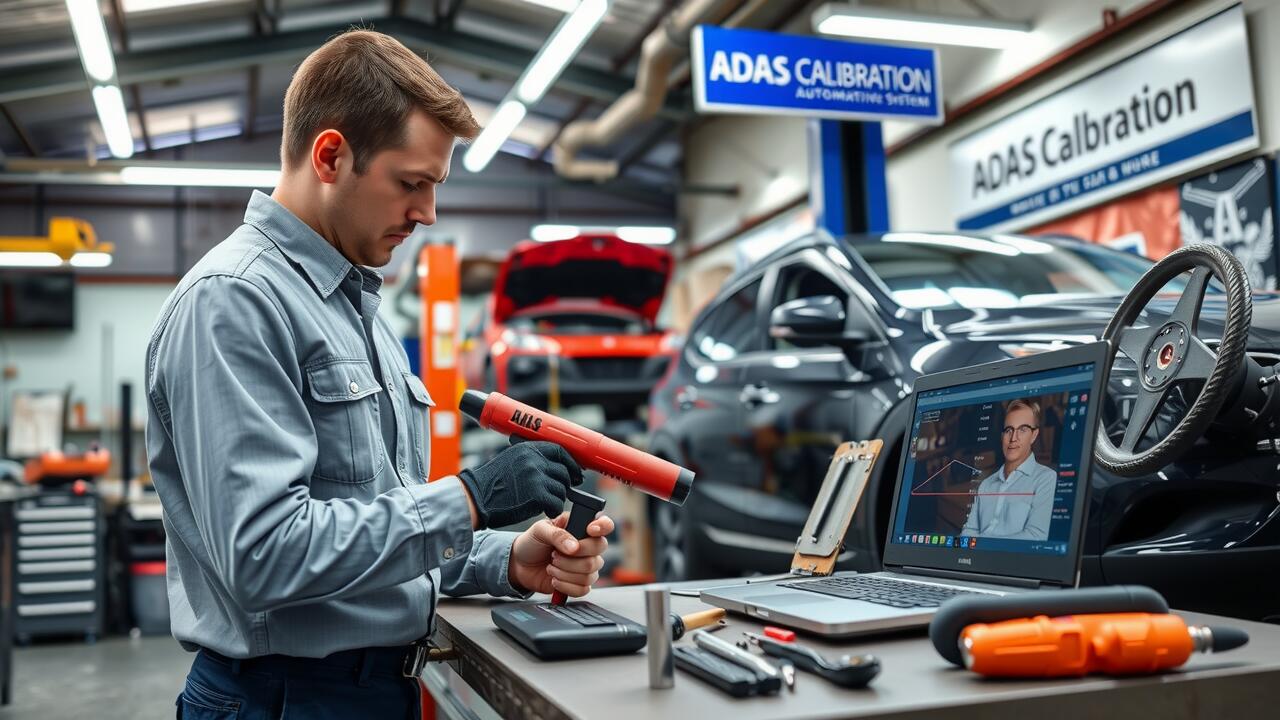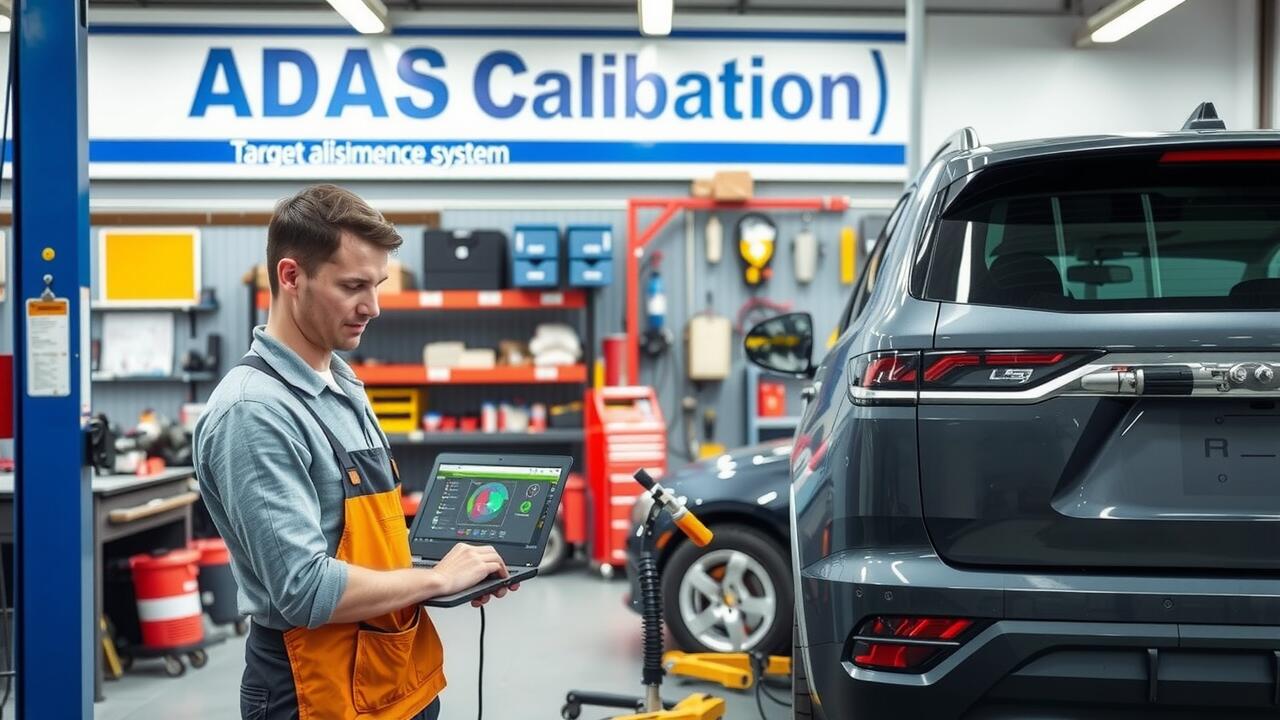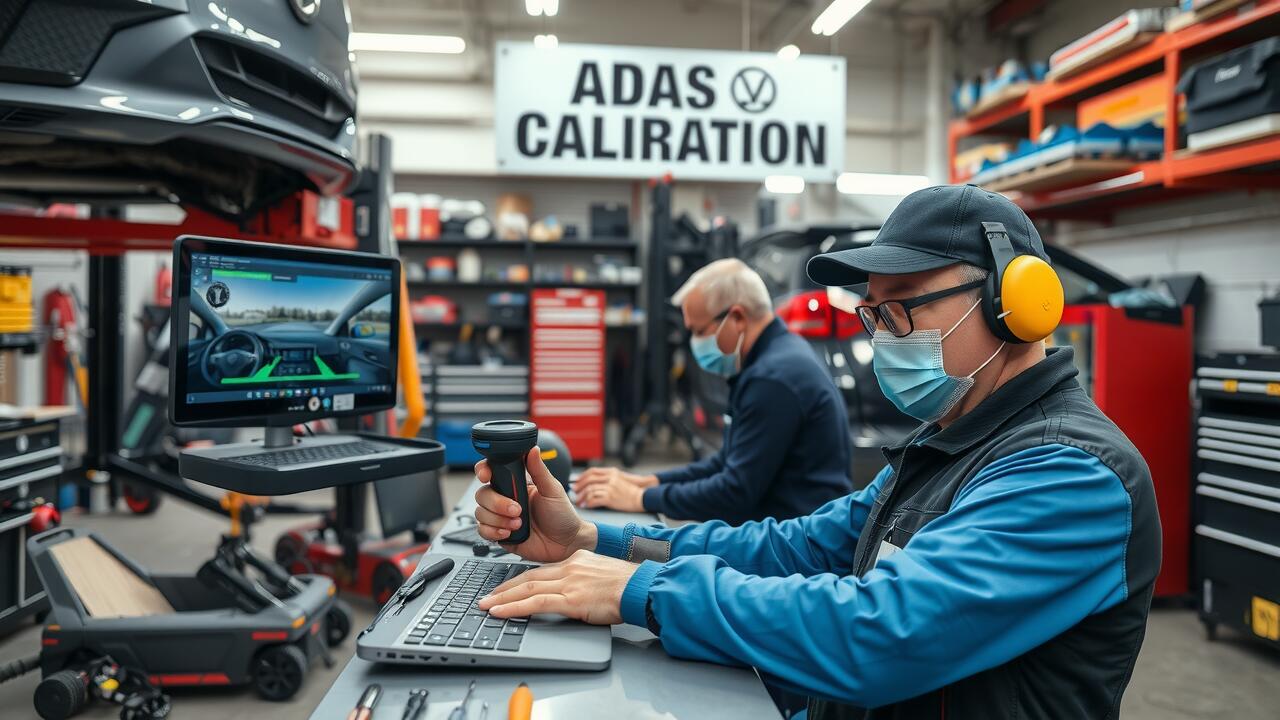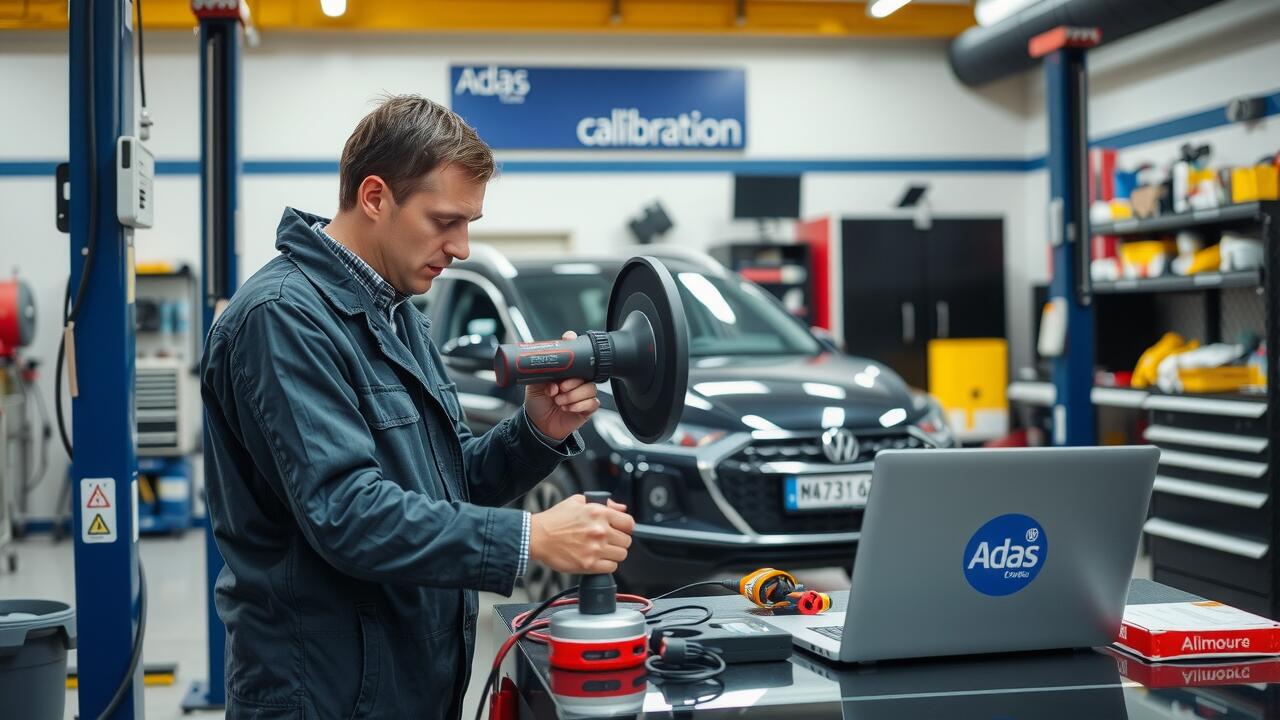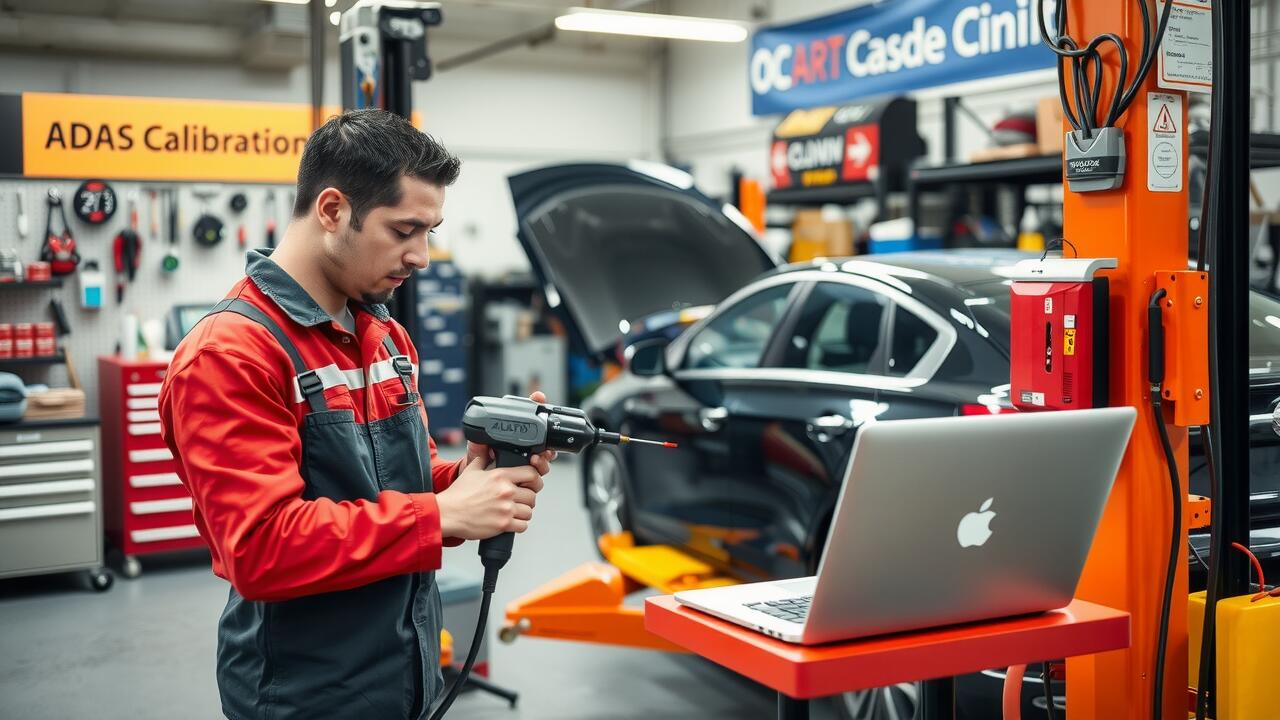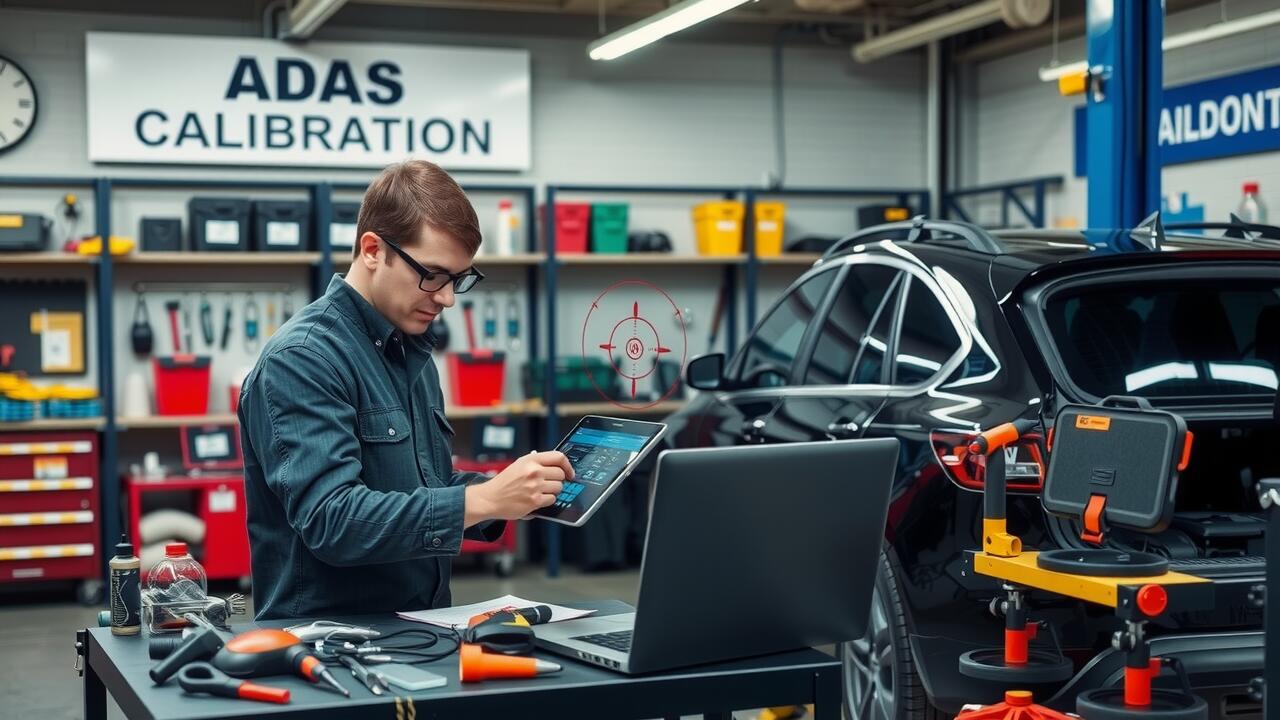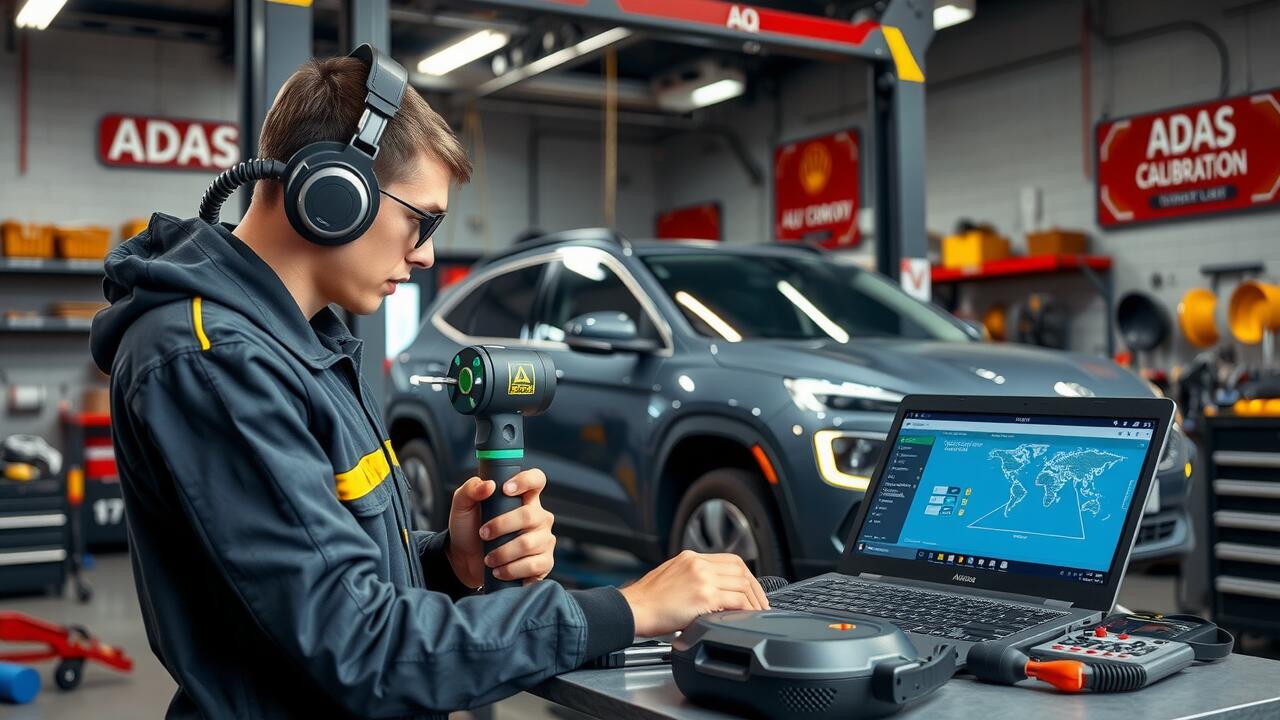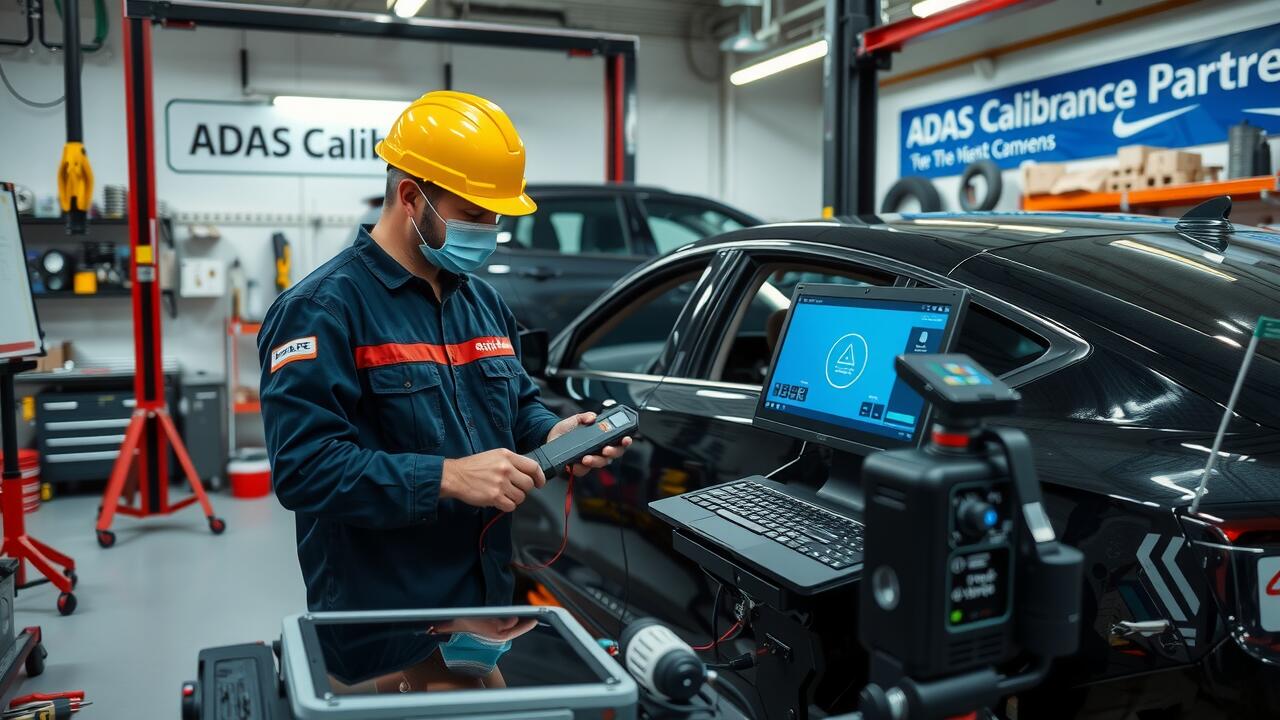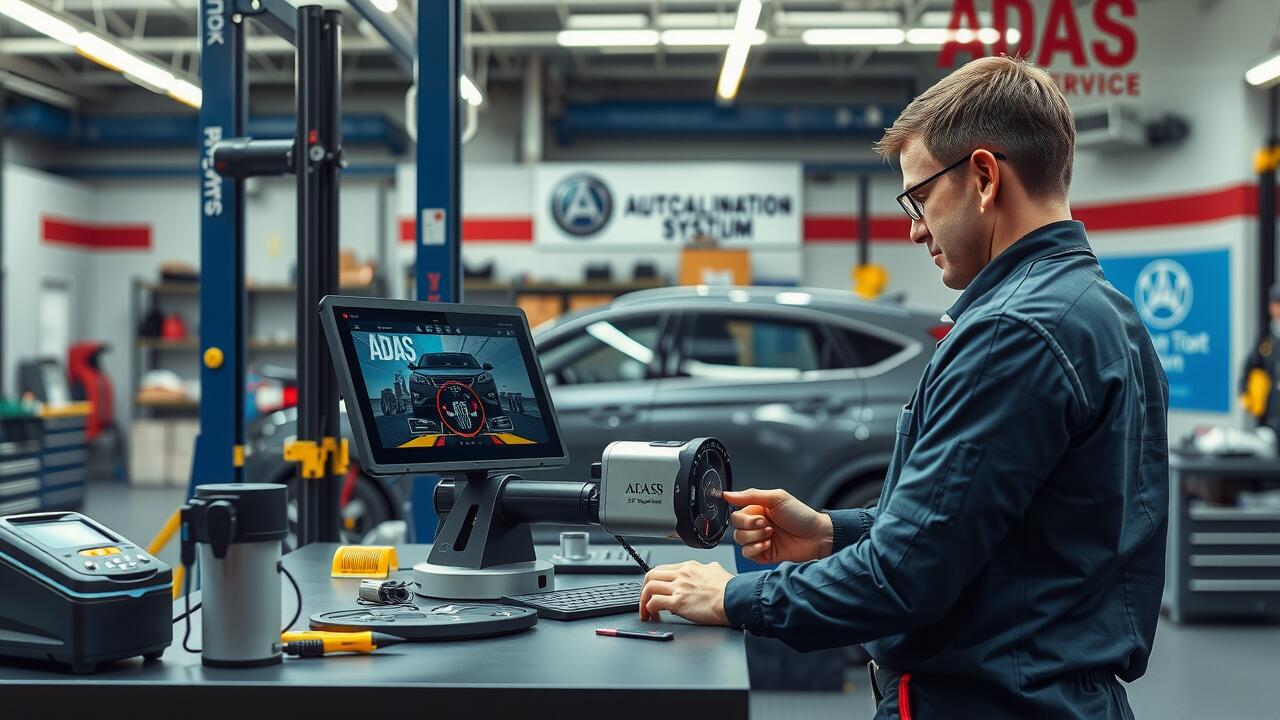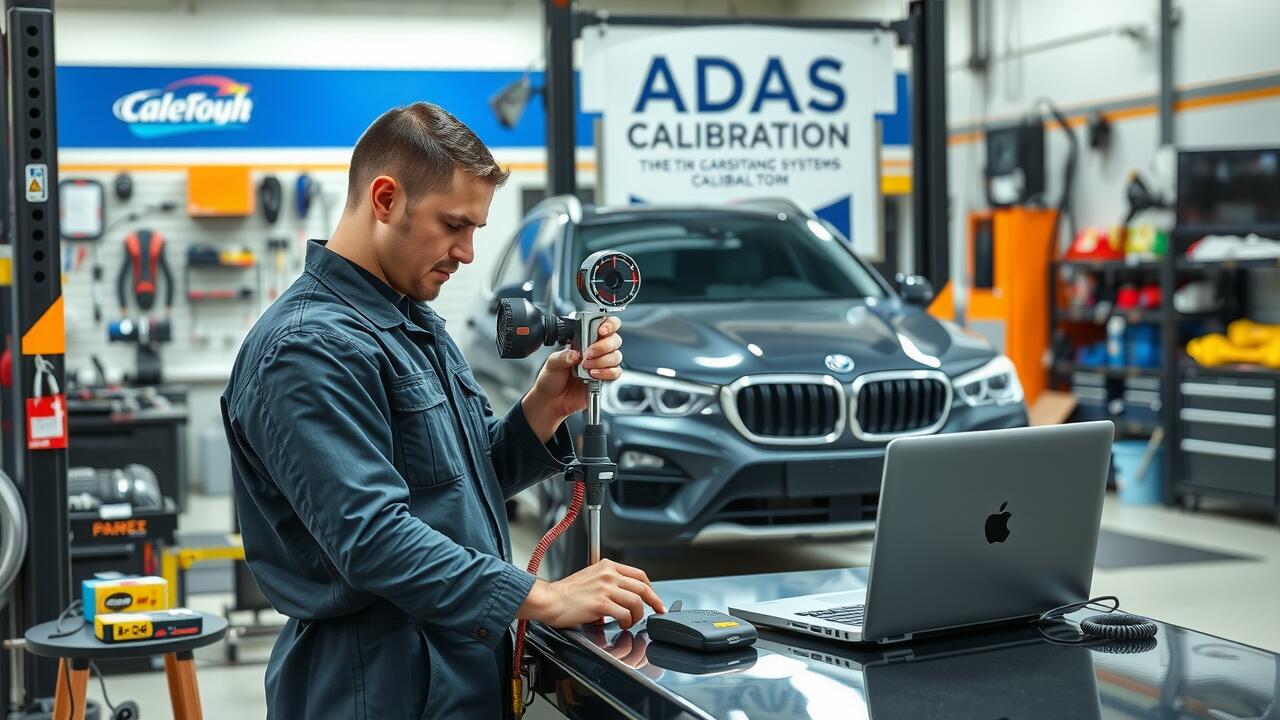
Table Of Contents
Common Myths About ADAS
Several misconceptions surround Advanced Driver Assistance Systems (ADAS). A prevalent myth is that these systems make driving completely autonomous. In reality, while they enhance safety and convenience, a driver must remain attentive and ready to take control. Another common misunderstanding is that once the ADAS system is set up, it requires no further attention. Regular maintenance and updates are essential to ensure optimal performance, particularly since factors like road conditions and vehicle wear can affect functionality.
Many users believe that if an ADAS feature isn't functioning, it can be easily reset or adjusted without professional help. However, situations such as collisions or replacements of core components often require specific ADAS system calibration, which ensures that all sensors and cameras are correctly aligned. Ignoring this step can lead to misinterpretation of data, posing safety risks. Understanding these myths helps drivers engage more effectively with their vehicle's technology.
Debunking Misunderstandings
Many drivers believe that the systems within ADAS are foolproof and can replace human judgment. This misconception can lead to over-reliance on these technologies. Understanding that ADAS functions as a supportive tool rather than a complete solution is crucial. While these advanced features enhance safety and convenience, they do not eliminate the need for vigilance and driver skill.
Another common misunderstanding involves the calibration of ADAS systems. Some users think that these systems automatically calibrate and require no additional effort. In reality, proper ADAS system calibration is essential for ensuring optimal performance. Regular checks and adjustments are necessary, especially after repairs or modifications to the vehicle, to guarantee that all sensors and cameras are functioning correctly.
Manufacturer Guidelines on ADAS
Manufacturers provide specific guidelines to ensure the optimal performance of Advanced Driver Assistance Systems (ADAS). These guidelines often include recommendations for routine maintenance and checking the components associated with the ADAS features. An important aspect of these guidelines is ADAS system calibration, which must be performed after any significant repairs or when components are replaced. Proper calibration is vital to ensure that the sensors and cameras aligned correctly, enabling the system to function as intended.
Users should consult their vehicle's manual for manufacturer-specific instructions on ADAS features. Following these guidelines can help prevent potential issues and ensure the longevity of the system. Regular updates from the manufacturer may also include software enhancements that improve the functionality of the ADAS. Staying informed about these updates allows drivers to make the most of their vehicle's advanced technologies.
Recommended Practices for Users
Users should familiarise themselves with their vehicle's ADAS features and understand how they operate. Regular checks and maintenance are essential to ensure the effectiveness of these systems. Many manufacturers recommend that drivers periodically have their ADAS system calibration assessed, particularly after any significant repairs or accidents. This helps in maintaining optimal functionality and ensuring safety on the road.
Adapting the ADAS settings to suit personal driving styles can enhance the overall experience. Many vehicles allow users to customise features such as lane departure warnings and adaptive cruise control sensitivity. Engaging with the vehicle’s manual and exploring the available options can help users find a balance between comfort and safety. Remember, even small adjustments can make a notable difference in everyday driving.
ADAS Settings and Customisation
Many vehicles equipped with Advanced Driver Assistance Systems (ADAS) allow users to customise various settings according to personal preferences. Options may include adjusting the sensitivity of features like lane departure warnings or modifying the distance alerts for adaptive cruise control. This level of personalisation enhances the driving experience, making it more comfortable and tailored to individual needs.
It's important to note that any changes made to the settings should be followed by proper ADAS system calibration. This ensures that the adjustments do not interfere with the functionality of the safety features. Calibration typically involves checking that sensors and systems are aligned correctly, maintaining the intended safety levels while using personalised settings.
Tailoring Features to Suit Your Driving Style
Many drivers appreciate the ability to adjust the settings of their ADAS for a more personalised experience. By accessing the vehicle's infotainment system, users can typically find options to tailor various features such as adaptive cruise control, lane assistance, and collision warning sensitivity. These adjustments allow drivers to optimise the system according to their individual preferences and driving habits, making for a more comfortable journey.
It’s essential to remember that regular ADAS system calibration may be necessary to maintain the effectiveness of these features after adjustments are made. Calibrating the system ensures that sensors and cameras work correctly, providing accurate feedback and performance. This process can often be completed during routine vehicle maintenance or at a specialised service centre, guaranteeing the ADAS operates as intended and enhances overall safety on the road.
FAQS
Can I completely turn off ADAS in my vehicle?
Yes, in most vehicles, you can completely disable ADAS features through the settings menu. However, the process may vary depending on the manufacturer and model, so it’s important to consult your vehicle’s user manual for specific instructions.
What are the risks of turning off ADAS?
Turning off ADAS can lead to a higher risk of accidents, as these systems are designed to enhance safety. It's advisable to use these features whenever possible to help prevent collisions and improve overall driving safety.
Will turning off ADAS affect my vehicle warranty?
Disabling ADAS features typically does not void your vehicle warranty. However, if you are unsure, it's best to check with your manufacturer or dealership for their specific policies.
Can I customise which ADAS features I want to keep on or off?
Yes, many vehicles allow you to customise individual ADAS features. You can usually turn off specific functions while keeping others activated, providing flexibility based on your preferences and driving conditions.
Are there any recommended practices for using ADAS effectively?
Yes, it is recommended to familiarize yourself with your vehicle’s ADAS features and settings. Regularly update your vehicle’s software, stay aware of the system's limitations, and always remain attentive while driving, even when using ADAS.
